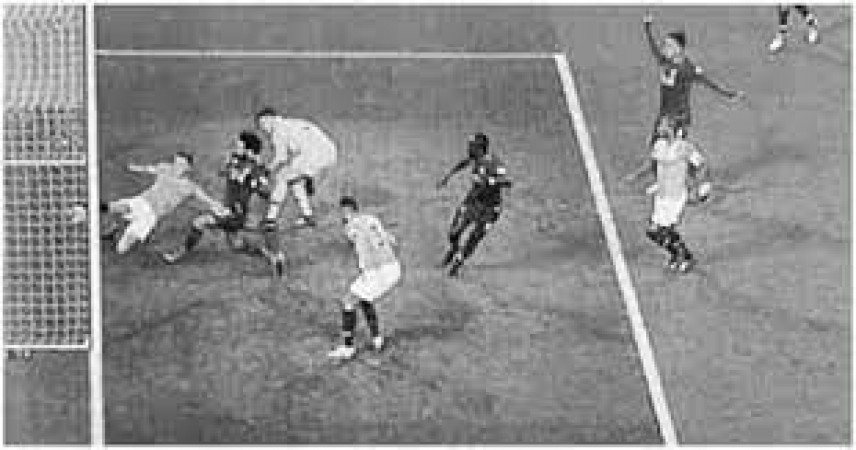
In the world of sports, refereeing plays a pivotal role in maintaining fairness and integrity. With the advent of technology, the way referees make decisions has undergone a significant transformation. This article delves into the comparative analysis of traditional refereeing and technology-assisted decision-making.
Traditional Refereeing
History of Traditional Refereeing
Traditional refereeing has been the backbone of sports for centuries. Referees used their judgment, experience, and sometimes basic tools like whistles and flags to make decisions. But was this method foolproof?
Challenges in Traditional Refereeing
Human error has always been a part of traditional refereeing. Mistakes were often made, leading to controversies and debates. The lack of technological assistance meant that referees had to rely solely on their eyes and ears, which could lead to biased or incorrect decisions.
Technology-assisted Refereeing
Introduction to Technology-assisted Refereeing
Welcome to the future of refereeing! Technology-assisted refereeing incorporates various technological tools to aid referees in making more accurate and unbiased decisions.
Types of Technologies Used
VAR (Video Assistant Referee)
VAR is a game-changer in football, allowing referees to review decisions with video footage. It's like having a second pair of eyes that never blinks!
Goal-line Technology
This technology ensures that no goal is missed or wrongly awarded. It's the virtual line that separates victory from defeat.
Wearable Technologies
Wearable technologies like smartwatches provide referees with real-time data, enhancing their decision-making abilities.
Benefits of Technology-assisted Refereeing
The integration of technology in refereeing has led to increased accuracy, fairness, and speed in decision-making. It's like upgrading from a bicycle to a sports car!
Challenges and Controversies
However, technology is not without its challenges. Issues like system malfunctions and over-reliance on technology can create new problems.
Comparative Analysis
Accuracy
Technology-assisted refereeing offers higher accuracy compared to traditional methods. It's like comparing a hand-drawn sketch to a high-resolution photograph.
Speed
Decisions are made faster with technology, reducing delays and keeping the game flowing smoothly.
Fairness
Technology ensures a level playing field, minimizing human bias and errors. It's the virtual referee that never takes sides. The role of technology in refereeing is revolutionizing the way decisions are made in sports. While traditional methods have their charm, technology-assisted refereeing offers a more accurate, faster, and fairer approach. Like comparing an old typewriter to a modern computer, the evolution is clear and beneficial.
The Evolution of Red Lipstick: A Symbol of Power and Femininity
Why Are There So Many Pockets on Cargo Pants?
The Footwear Revolution: Embracing Sustainability with Eco-Friendly Shoes